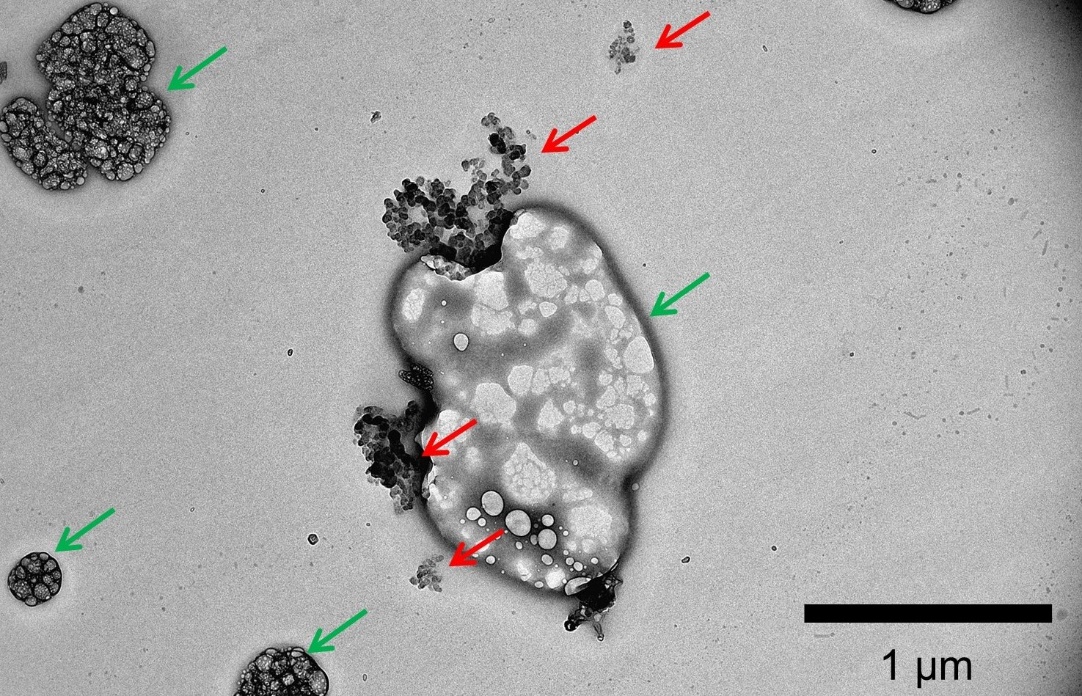Disclaimer: machine translated by DeepL which may contain errors.
Correctly measure the light absorption rate of climate-related particles
Nobuhiro Mogi, Assistant Professor, Department of Earth and Planetary Science
When you look out of an airplane window, the lower layers of the atmosphere appear hazy.
This is because the atmosphere contains fine particles called aerosols that scatter sunlight.
Earth's atmospheric aerosols contain black carbon, a substance that absorbs visible light,
contributing to the heating of the atmosphere by sunlight.
In this study, the complex refractive index, a physical property that governs the absorption of light by particulate matter, was successfully measured for the first time for black carbon in the
atmosphere.
This achievement is expected to contribute to the understanding and prediction of climate change.
![]()
It is still fresh in our minds that Dr. Yoshiro Manabe, the founder of climate modeling, was selected for the 2021 Nobel Prize in Physics. Before the approach of using computers to understand and predict climate was accepted as a physical science, it was necessary to accumulate a vast amount of observational data that could validate theoretical models. As a researcher involved in observation, I am greatly encouraged by the fact that Dr. Manabe, who established the framework for the current climate research methodology, has received this award. Climate research is characterized, in contrast to many other types of scientific research, by the fact that it deals with complex natural phenomena that cannot be experimentally controlled by the boundary conditions of the system as it is. For example, the energy exchange between outer space and the Earth's surface, which determines the heat storage capacity of the atmosphere and oceans, is determined by the superposition of contributions from gases such as water vapor and carbon dioxide, fine particles such as aerosols and clouds, and characteristics of the Earth's surface. In climate research, these and many other boundary conditions need to be clarified based on in-situ observations and remote sensing, and then fed into models in an appropriate form.
This study, "Measurement of Optical Properties of Atmospheric Black Carbon," provides observational data to define one of the boundary conditions for the calculation of propagation and absorption of electromagnetic waves (radiative transfer) in the atmosphere, and is positioned as a fundamental study that will serve as the basis for climate modeling. Black carbon, which accounts for only 1-2% of the mass of the Earth's atmospheric aerosol (sulfates, organic matter, sea salt, and minerals make up most of the aerosol), is a major contributor to the absorption of sunlight in the atmosphere and in snow and ice. Black carbon is considered to be the third largest contributor to the heating of the climate system from pre-industrial times to the present, after carbon dioxide and methane. In this study, the authors succeeded for the first time in narrowing down the representative values of the real and imaginary parts of the complex refractive index of black carbon in the atmosphere and the range of variation by using a newly developed method for measuring the optical properties of particles called "complex scattering amplitude sensing". The real and imaginary parts of the complex refractive index are physical properties that represent the propagation speed and absorption rate of light in a material, respectively. The imaginary part is found to be at least 0.17 larger than the assumed value of 1.95+0.79i based on laboratory experiments, which has been used in climate modeling. This suggests that previous climate modeling underestimated the optical absorption of black carbon by at least 16%, and that the radiative transfer calculations in air and snow/ice were subject to systematic errors due to this underestimation. Thus, the development of new measurement methods and the updating of observational data using these methods play an important role in the refinement of climate modeling.
 Example transmission electron micrograph of an aerosol sample taken from the atmosphere. Black carbon (red arrow) coexists with sulfate (green arrow).
Example transmission electron micrograph of an aerosol sample taken from the atmosphere. Black carbon (red arrow) coexists with sulfate (green arrow).
The results of this study were published in N. Moteki et al., AerosolScience and Technology, 678, 57 (2023).
(Press release, April 26, 2023)
Published in The Rigaku-bu News, September 2023
Frontiers of Science for Undergraduates


